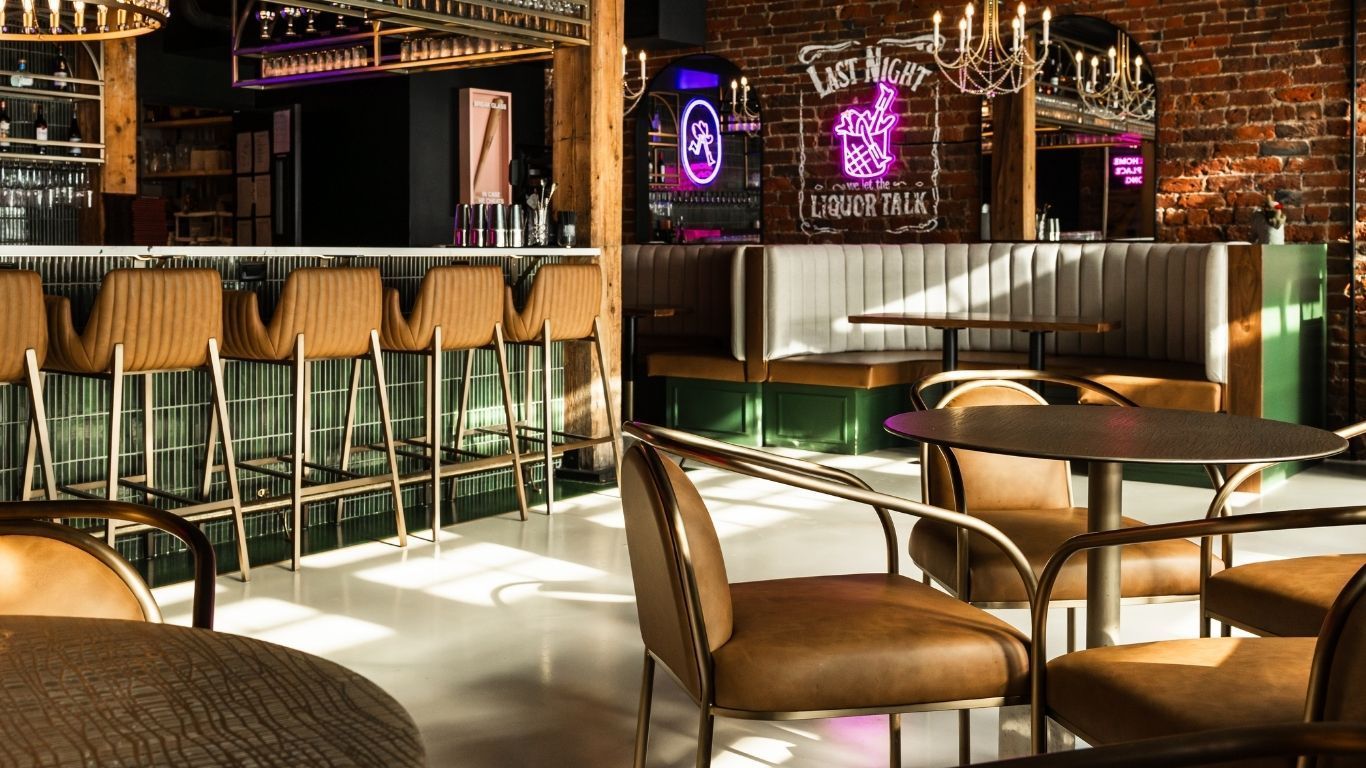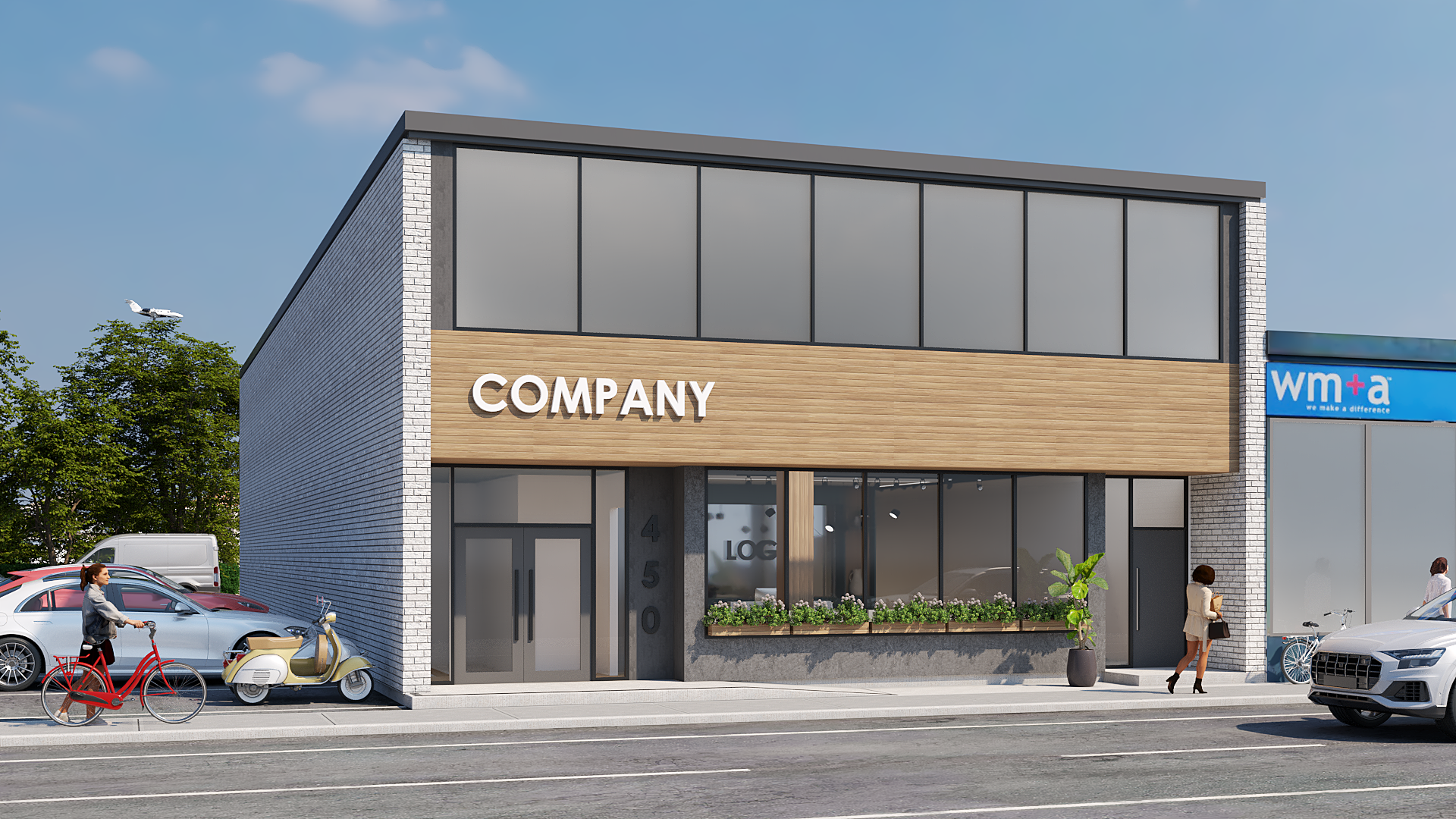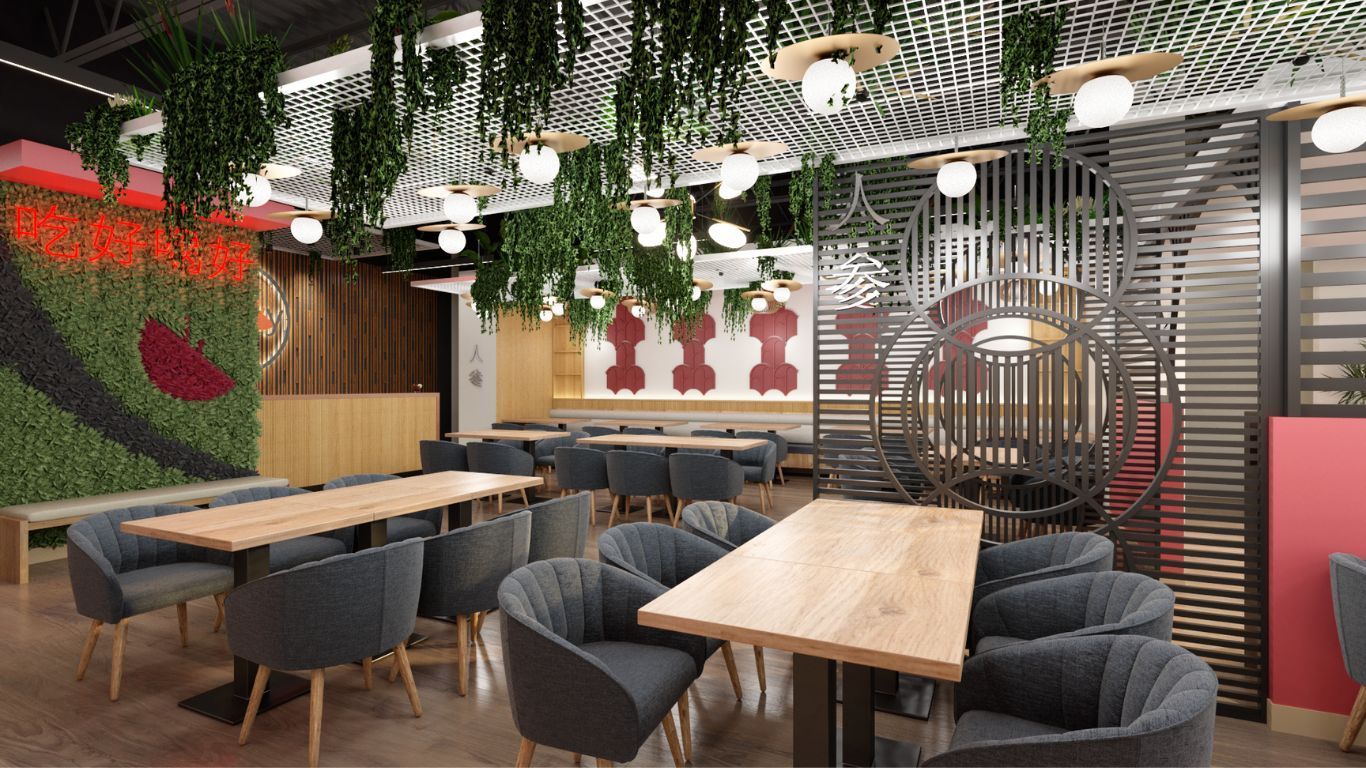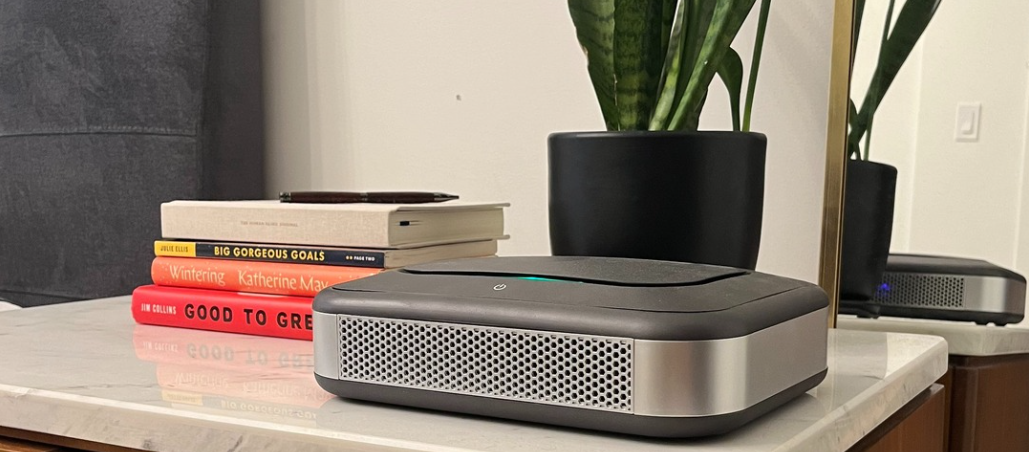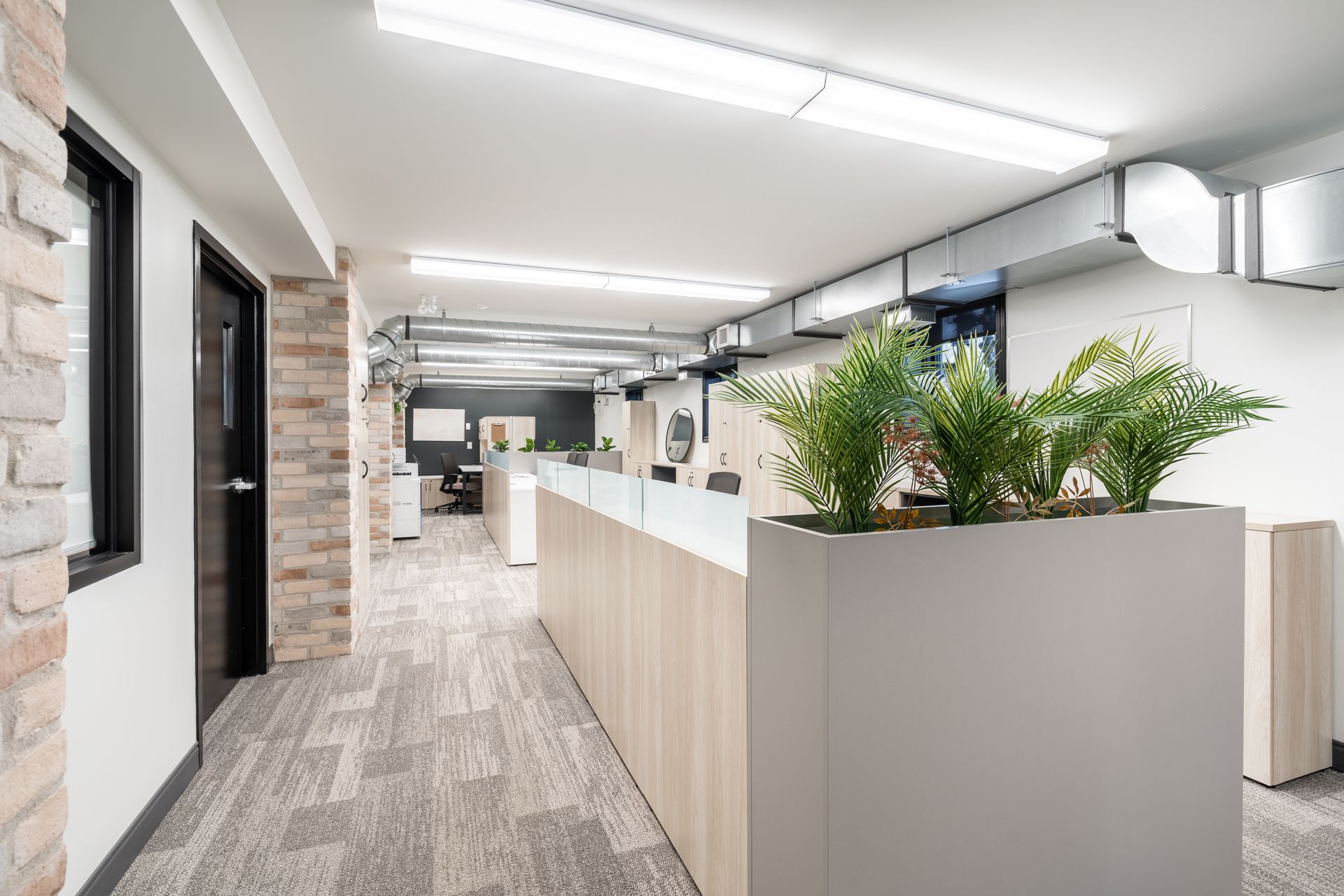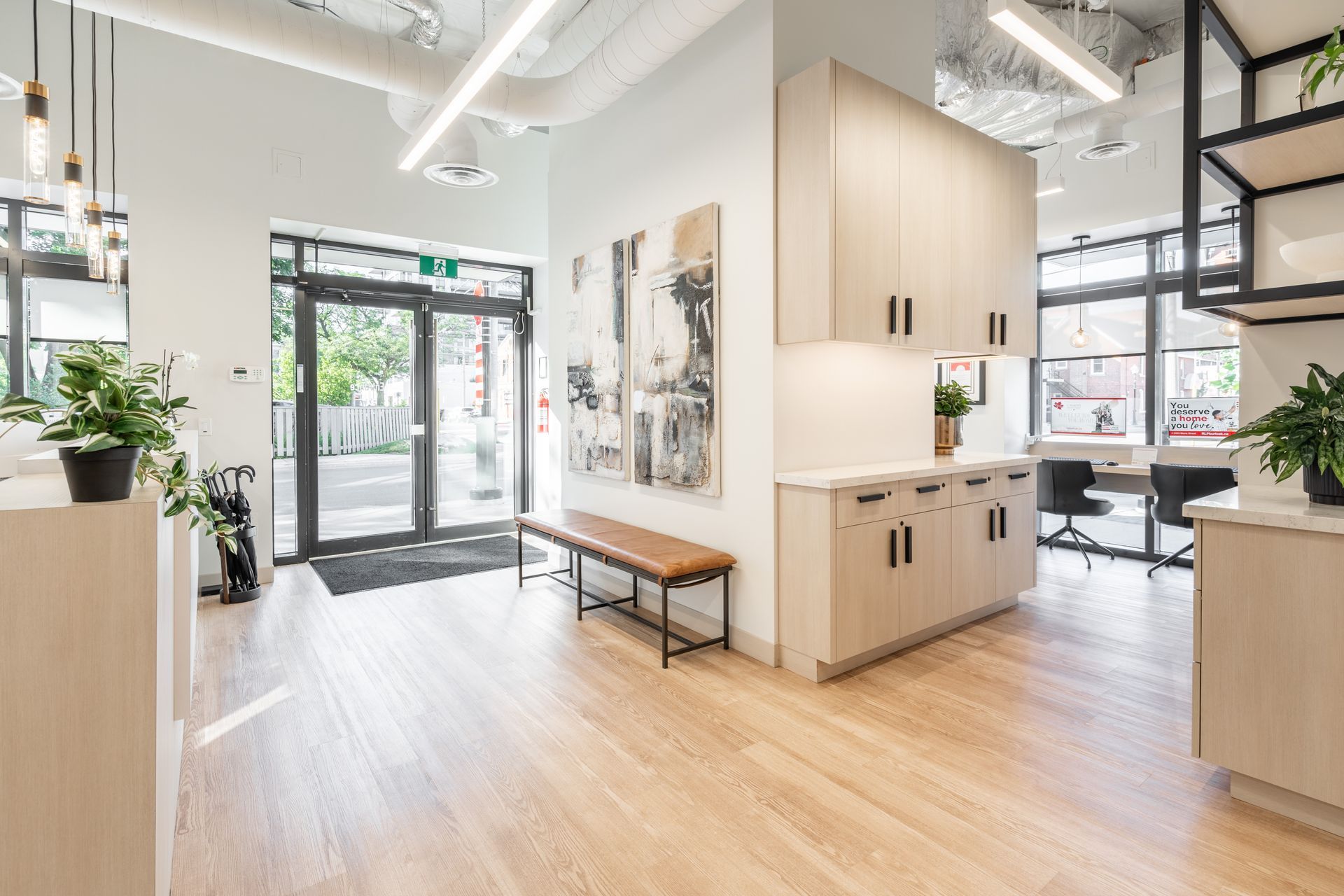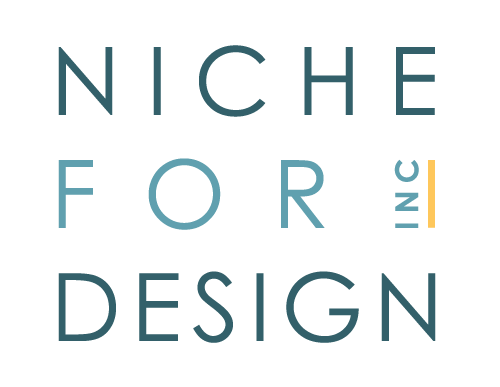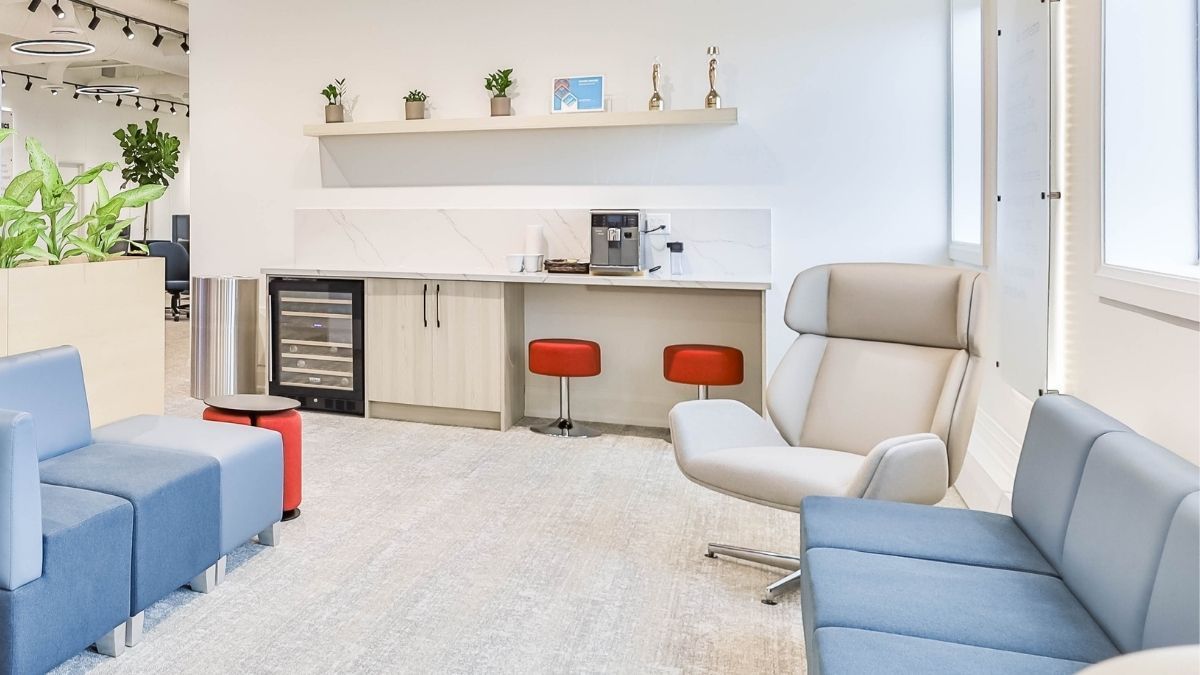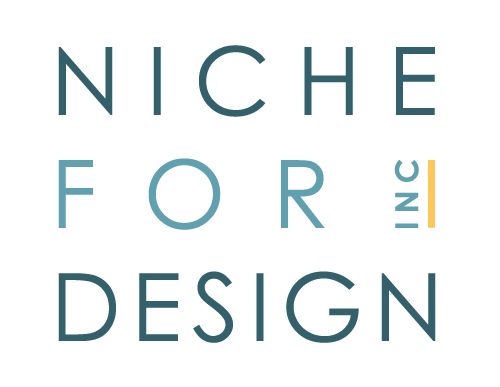4 Steps to Create a Restorative Space
Work-induced fatigue is common among office workers, with research indicating that over 20% of the workforce experiences prolonged fatigue. I am sure we have all experienced the feeling of being mentally and physically depleted during a workday. The experience of prolonged fatigue combined with a high need for mental recovery is strongly associated with psychological distress, including decreased mental acuity, deficits in motivation, and irritability. There are many ways to improve our energy throughout the day, but, if we want to optimize our success, productivity and overall satisfaction with life, it is important to consider how we handle long term stress and fatigue.
Long working hours and insufficient opportunities for recovery are associated with numerous adverse outcomes, including cardiovascular and immunologic reactions, reduced sleep quality and increased risk for stress, burnout, excessive alcohol use and even poor diet.
Innovative companies, who care deeply about their teams are implementing many tools to help deal with stress and fatigue. One of these is called “restorative space.” These spaces can take many forms and often provide a much-needed opportunity for rest and recovery- Reading, meditation, naps, pumping or nursing for new mothers, and even health practitioner visits are a few of the activities commonly accommodated in a restorative space!
#1- Discuss Wellness Goals with Your Team
Talk to your team about creating a wellness space and explain some of the potential uses. Some of our favourites include: meditation, reading, or hosting health visits (such as massage or chiropractic care).
#2- Dedicated, Private, Space
The WELL building standard prescribes a minimum of 75 SF + 1 SF per occupant (up to 2000 SF) to be allocated for restorative purposes. If you have even just a bit of space- maybe an under utilized office, since hybrid working- it may be worth considering what an ideal restorative space might look like for your team. The key here is that it can be made relatively private and will allow your team to disconnect from their regular office environment.
#3- Create a Comfortable Environment
Consider incorporating dimmable light and sound interventions (such as nature sounds or soft music). Also be sure that the temperature is comfortable (ideally adjustable), and incorporate comfortable seating options.
#4- Incorporate Nature
Natural Light and views of nature are always a plus, but even in the absence of these items, we can incorporate: natural colours, materials and textures. Artwork that reflects nature is also helpful and don't forget that plants will not only look beautiful, but will also help improve your air quality!
The goal of a restorative space to encourage your team to step away from the stress of the office environment, recharge and refocus. This can lead to significant improvements in performance while helping to alleviate the negative effects of workplace fatigue or mental depletion. By incorporating nature and other restorative elements, these spaces can help relieve stress and mental fatigue, support focus and encourage overall mental well-being.
We would love to hear about your restorative spaces! Still not sure where to start? Reach out to us to book a Wellness ideation session with your team. We would be happy to help!
Like this resource? Feel free to share...
